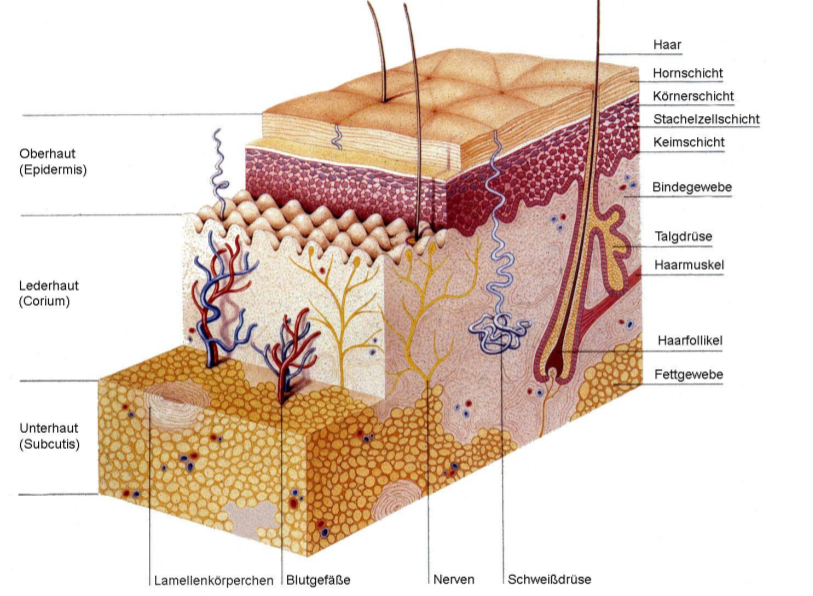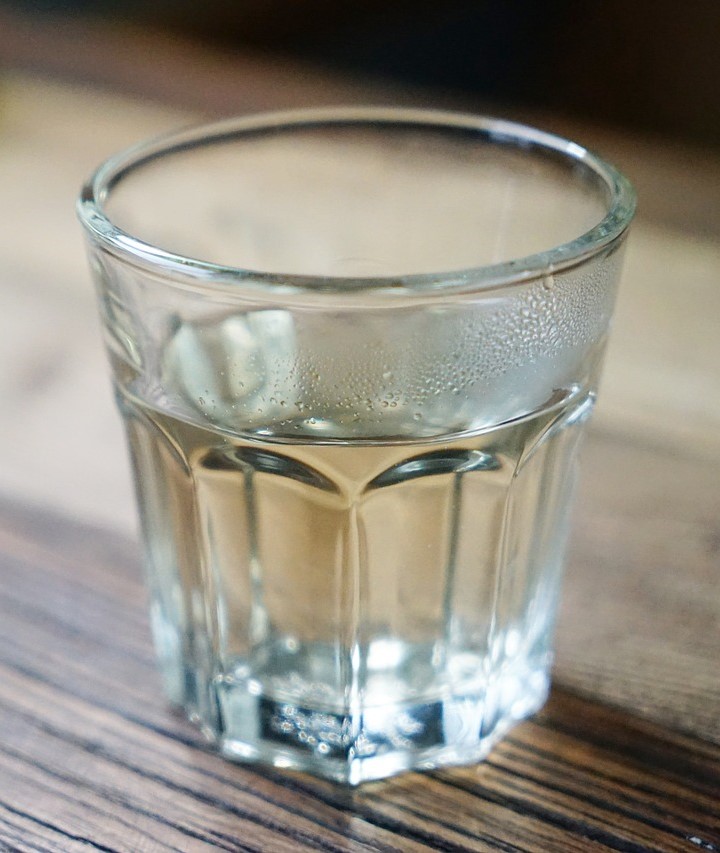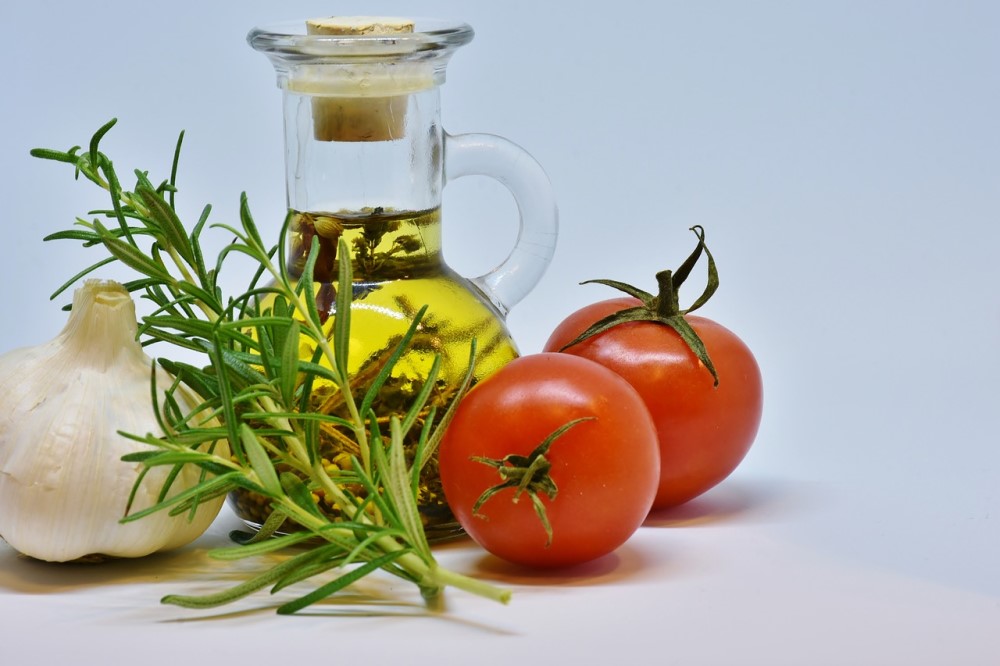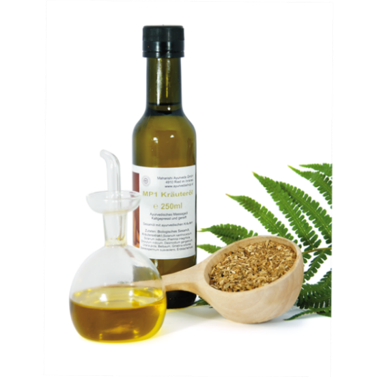Healthy skin in the cold season - Part 1
Autumn marks the beginning of the season in which Vata dominates. We experience how everything in nature stops growing, dries out and prepares for winter dormancy.
The dryness associated with Vata troubles many people. Especially the skin dries out visibly and noticeably.
 The skin is the most important barrier that separates us from our environment. To offer us protection, it is made up of several layers that have different functions. Indeed, the skin is by no means an impermeable protective shield, but an intelligent surface with many functions. It is at the same time an excretion organ for toxins, an absorption organ for vital gases and nutrients, a highly flexible mechanical protective layer, an important sensory organ and the largest hormone-producing organ in our body. Like the intestine, the skin surface is populated by billions of germs that live in symbiosis with us when the skin is healthy.
The skin is the most important barrier that separates us from our environment. To offer us protection, it is made up of several layers that have different functions. Indeed, the skin is by no means an impermeable protective shield, but an intelligent surface with many functions. It is at the same time an excretion organ for toxins, an absorption organ for vital gases and nutrients, a highly flexible mechanical protective layer, an important sensory organ and the largest hormone-producing organ in our body. Like the intestine, the skin surface is populated by billions of germs that live in symbiosis with us when the skin is healthy.
One of the great wonders of the skin's functions is its capacity as a reflex zone for all internal organs. Through the acupuncture and marma points, which have been known for thousands of years, we can apply healing stimuli to all the internal organs. This happens in all forms of massage and body therapy.
We feel good when the skin is healthy. Skin diseases are not only unpleasant due to discomfort such as burning or itching. Visible skin changes are still a social stigma.
Due to the change of seasons, the skin is exposed to different climatic stimuli. In the Vata season (autumn and winter) the skin dries out as does nature. By changing our diet and increasing skin care, we can help ensure that the skin is adequately moisturised during this time of year and can thus fulfil its functions.
Nutrition for healthy skin
Skin and mucous membranes are made up of layers that are mainly composed of fat and protein. When the skin dries out, it is mainly the fatty substances and water that are lacking.
 The diet in the Vata season should contain more liquid and more fat than in the other seasons. Water is the most suitable liquid. In order for water to be appropriately thin and to penetrate through all tissues, it is beneficial to drink boiled water. Boiling dissolves large clusters of water molecules and thus improves the flow properties of the water.
The diet in the Vata season should contain more liquid and more fat than in the other seasons. Water is the most suitable liquid. In order for water to be appropriately thin and to penetrate through all tissues, it is beneficial to drink boiled water. Boiling dissolves large clusters of water molecules and thus improves the flow properties of the water.
Hot water cure
The well-known Ayurvedic "hot water cure", in which one drinks hot water at half-hourly intervals throughout the day, uses precisely this property of boiled water to rehydrate the entire body, including the skin. This treatment not only moisturises the skin, but also cleanses it and frees it from deposited waste products and cellular rubbish.
Healthy fats
In recent decades, a diet as low in fat as possible has been massively propagated as beneficial to health. We now know how important sufficient fats in the diet are for health and longevity. They are also important for building healthy skin.
 What are healthy fats? Above all, we need unsaturated fatty acids to build up skin, mucous membranes and nerve tissue. In recent years, more and more studies have shown how important oils containing omega-3 fatty acids are for health. In addition to domestic oils such as linseed oil, hemp oil and walnut oil, which should ideally be consumed daily, fish and algae oil are particularly beneficial. For ecological reasons, we recommend preferring omega 3 oil from algae, such as our vegan omega 3 oil.
What are healthy fats? Above all, we need unsaturated fatty acids to build up skin, mucous membranes and nerve tissue. In recent years, more and more studies have shown how important oils containing omega-3 fatty acids are for health. In addition to domestic oils such as linseed oil, hemp oil and walnut oil, which should ideally be consumed daily, fish and algae oil are particularly beneficial. For ecological reasons, we recommend preferring omega 3 oil from algae, such as our vegan omega 3 oil.
For the development of a healthy intestinal and skin flora, ghee is an important part of the daily diet because of its butyric acid content.
How much fat?
The answer to this question depends on which doshas are dominant in the physiology (see Doshatest). Quantities refer to the combined use of the fats listed above.
Vata dominance: 1 -2 tablespoons per meal.
Pitta dominance: approx. 1 tablespoon per meal
Kapha dominance: approx. ½ tablespoon per meal
Oil massage
The most important skin care measure in Maharishi AyurVeda is the oil massage, which is called Abhyanga in the classical texts. The texts speak of daily oil applications! Here you can find the written instructions for the self oil massage.
A video demonstrating the oil massage can be found here.
Please note that it is essential to wash off the massage oil in a warm shower or full bath after each oil massage! The time the oil stays on the skin should be 10 - 60 minutes.
 You don't have the time for a daily full body massage? You are not alone! As an alternative, do partial applications daily instead. Before your daily body hygiene, massage a very small amount of oil on your forehead, ears, neck, navel, lower back and/or soles of your feet.
You don't have the time for a daily full body massage? You are not alone! As an alternative, do partial applications daily instead. Before your daily body hygiene, massage a very small amount of oil on your forehead, ears, neck, navel, lower back and/or soles of your feet.
Which oil?
Dry skin (Vata skin type): Vata massage oil, MP1 oil, MP4 oil, Kshirabala oil.
Sensitive skin (Pitta skin type): Pitta massage oil, coconut oil, almond oil, Kshirabala oil
Oily, flaky skin (Kapha skin type): Kapha massage oil, matured sesame oil
Summary
In the Vata season (autumn/winter) the qualities cold and dry dominate in nature. Irrespective of dry heating air, this causes the skin to dry out and lose its normal function and flexibility.
The skin should be properly cared for through appropriate nutrition and regular oil massage. This protects the entire body. .


We look forward to your feedback!